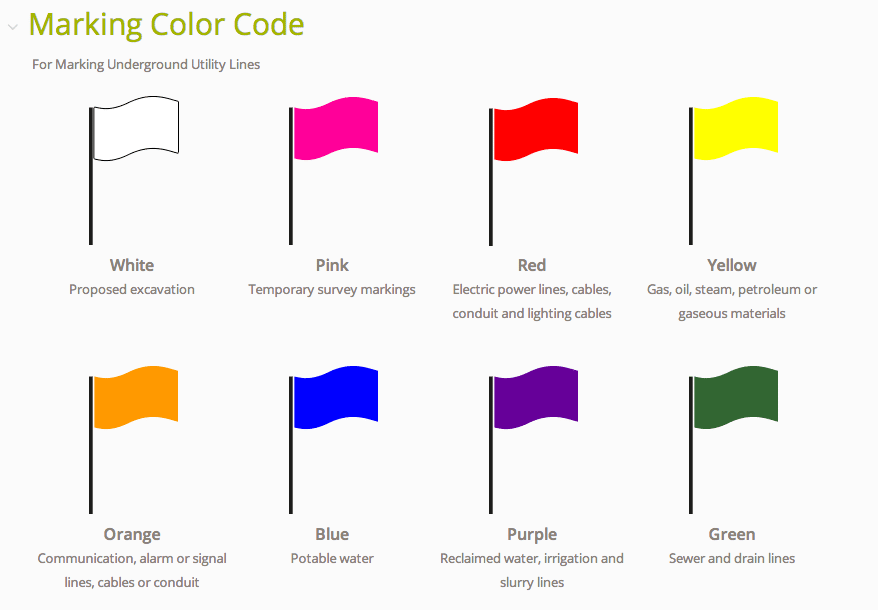Have you ever been at the beach, soaking up the sun, and noticed a colorful flag flapping in the breeze? These flags aren’t just for decoration. They signal important information about the current water conditions, letting you know if it’s safe to swim or if you should stay ashore. Understanding the meaning of these flags can make all the difference in keeping you and your loved ones safe.

Image: blog.sandos.com
Lifeguards use a universally recognized system of colored flags to communicate the state of the ocean. These flags act as a vital line of communication, providing a quick and easy way for beachgoers to understand the risks associated with swimming in that particular area. Recognizing these flags is crucial for anyone planning a day at the beach, ensuring you can enjoy the sun and waves while staying safe.
Green Flag: All Clear for Fun
The green flag is your go-to signal for a safe and enjoyable swim. It indicates calm waters with minimal to no waves, making it ideal for all ages and abilities. Feel free to dive in, splash around, and build sandcastles on the shore without worrying about strong currents or dangerous conditions. It’s a perfect time to teach kids about water safety in a calm and controlled environment.
Yellow Flag: Caution Ahead
The yellow flag is your friendly reminder to exercise caution. While it doesn’t signify a complete ban on swimming, it indicates that the water conditions are moderate. There may be stronger currents or larger waves than usual, requiring swimmers to be more vigilant. It’s a good idea to stay close to shore and avoid swimming far out. If you’re not a strong swimmer or have young children, it’s best to wait for calmer conditions.
Red Flag: Danger Zone
The red flag is a clear warning signal: “Swim at your own risk!” This indicates that the water conditions are dangerous and only experienced swimmers should venture in. There might be strong currents, high waves, or other hazards that can quickly turn a fun day into a perilous situation. Lifeguards strongly advise against swimming under a red flag, and your safety should always come first. Choose to enjoy a day on the beach, building sandcastles, or simply relaxing in the sun, until the red flag is lowered and conditions improve.

Image: www.vrogue.co
Double Red Flags: Stay Out of the Water
The double red flags mean strictly “no swimming allowed!” These flags are flown during extreme conditions, such as very high surf, strong currents, or unpredictable weather patterns. These conditions present a serious risk to safety, even for experienced swimmers. It’s vital to obey these flags and avoid the water altogether. This is not the time for beach fun, but it’s a great opportunity to try a different activity like building sandcastles, reading a book, or enjoying a picnic under the sun.
Black and White Checkered Flag: Surfing Only
This flag signals that the area is designated for surfing or other water sports. While swimming is not strictly prohibited, it’s strongly discouraged. The water conditions here are ideal for surfing, but can be challenging for other swimmers, especially beginners.
Purple Flag: Dangerous Marine Life
The purple flag identifies a potential hazard from dangerous marine life, such as jellyfish, stingrays, or sharks. While the presence of these creatures is not guaranteed, it indicates a heightened risk. It’s important to be extra cautious and watch your surroundings. Wear appropriate footwear, such as water shoes, to protect yourself from stings and bites.
Double Yellow Flags: No Diving
Double yellow flags indicate a “no diving” zone. These flags are raised to warn against diving in areas where the water is shallow, as the risk of injury is high. It is important to respect these flags to ensure your safety, as diving into shallow water can lead to serious injury.
Other Flags and Signs
While the colored flag system is the primary way lifeguards communicate with beachgoers, other flags and signs may be present on the beach.
- Blue Flag: This indicates that the beach meets specific environmental and safety standards. It signifies clean waters, good water quality, and well-maintained facilities.
- Orange Flag: Hazardous Conditions: While swimming is not strictly prohibited, this flag warns of hazardous conditions such as strong currents, rip tides, or dangerous marine life.
- No Flag: If you see no flags displayed, it doesn’t necessarily mean the water is safe to swim in. Always ask a lifeguard or park ranger about the current water conditions.
Expert Advice
Here are a few key takeaways from experienced lifeguards and water safety experts:
- Always swim with a buddy: Even if the conditions seem calm, it’s always safer to swim with a friend or family member who can assist you in case of an emergency.
- Know your limits: Don’t attempt to swim beyond your capabilities. If you’re not a strong swimmer, stick to shallow water and remain near shore.
- Respect the flags: The flag system is designed to keep you safe. Always pay attention to the flags and follow their instructions.
What Do The Colors Of Beach Flags Mean
https://youtube.com/watch?v=FtWw_R0-6iE
Stay Safe and Enjoy the Beach
A day at the beach is full of fun and excitement, but it’s crucial to stay informed and prioritize safety. Recognizing the meaning of the color flags is the first step to a safe and enjoyable experience. Next time you hit the sand, take a quick glance at the flags and make an informed decision about your swimming plans. Enjoy the sun, sand, and surf, and remember, safety always comes first!





